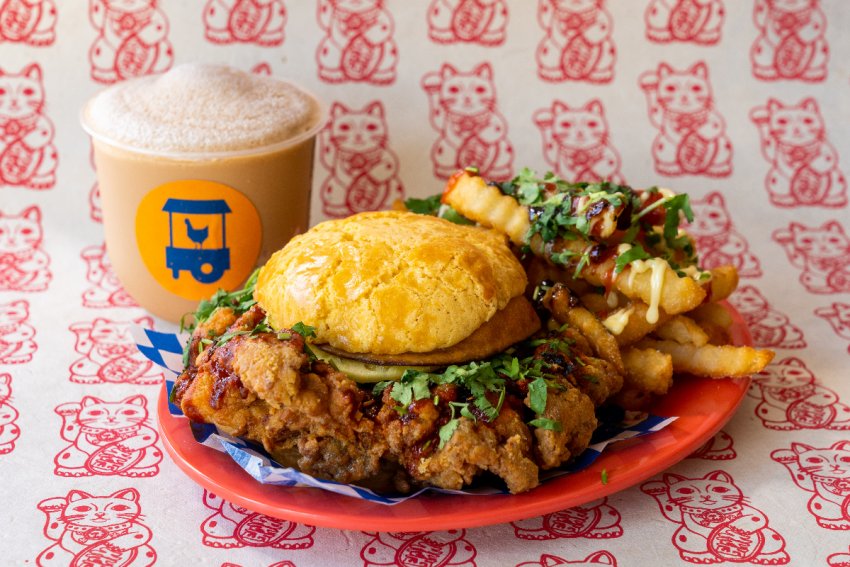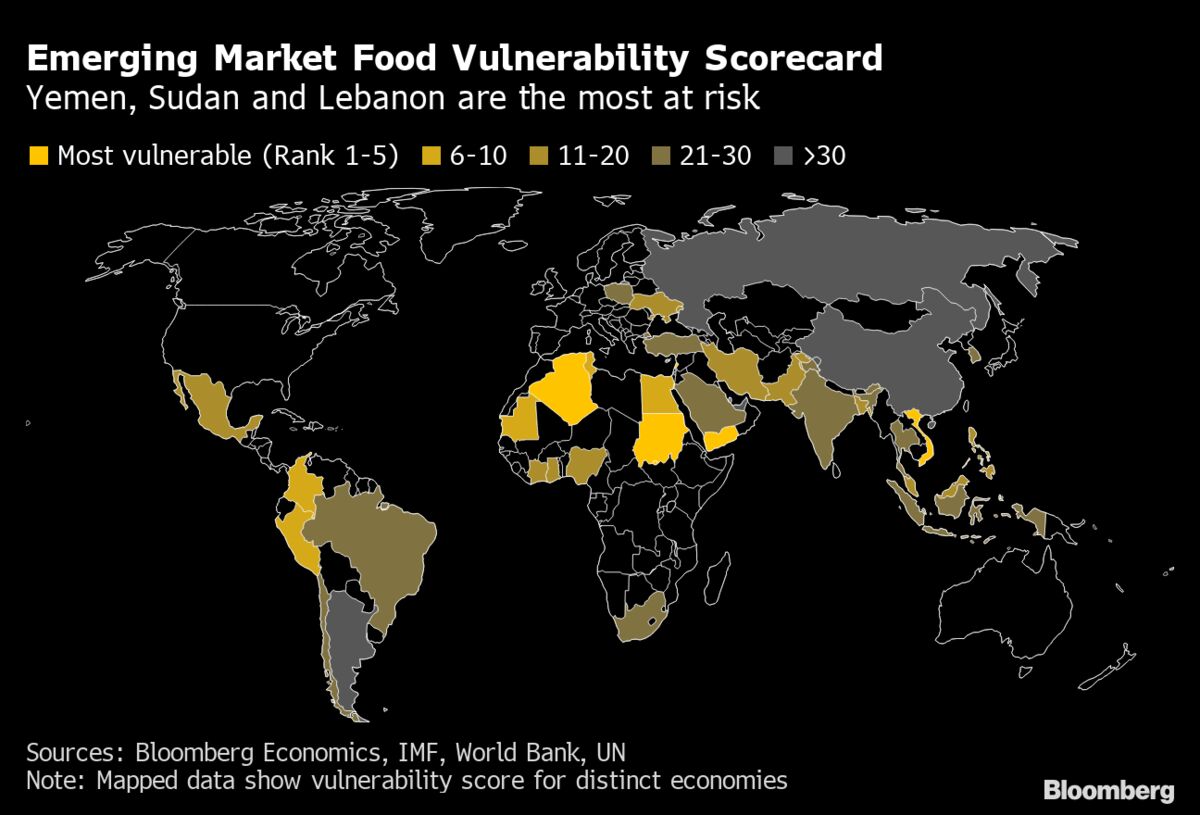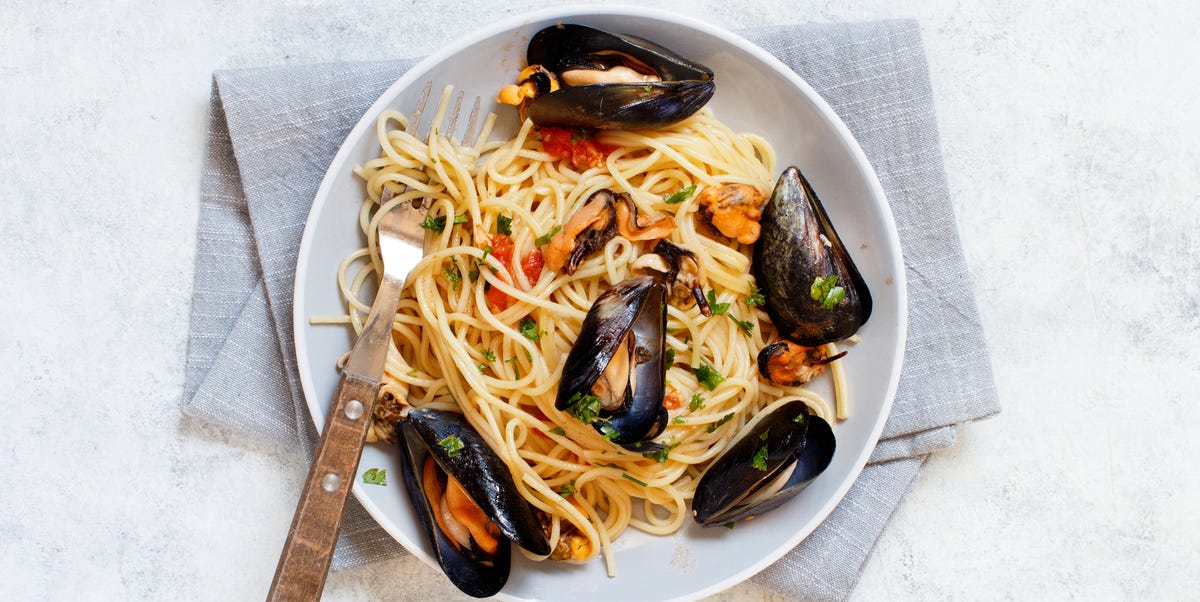In recent years, worries over eating eggs seem to have receded from public consciousness. But has the thinking about eggs really changed? Not if you ask nutrition experts.
“The egg issue remains relevant,” says Linda Van Horn, professor and chief of the nutrition division in the Department of Preventive Medicine in the Feinberg School of Medicine at Northwestern University. For those already at risk for heart disease and diabetes, “the choices to eat eggs remain especially important,” she says.
It’s still risky to eat too many eggs, but you don’t have to give them up entirely. How many you can eat depends on your health status. The American Heart Association recommends up to one egg a day for most people, fewer for people with high blood cholesterol, especially those with diabetes or who are at risk for heart failure, and up to two eggs a day for older people with normal cholesterol levels and who eat a healthy diet.
The misimpression that some people have — that eggs now can be eaten with abandon — probably grew out of a shift in emphasis, as experts began to warn less about the cardiovascular effects of cholesterol-containing products such as eggs and more about the risks posed by other foods in the American diet. They specifically targeted those loaded with saturated fats, red meat for example, which actually pose a greater cholesterol-raising threat.
But the bottom line on eggs remains the same. You still need to be cautious.
“Back in the 1960s and ’70s, eggs were seen as Public Enemy No. 1 for the heart, largely because scientists had discovered that high blood cholesterol levels raise the risk of heart disease, and eggs are high in cholesterol,” says Bonnie Liebman, director of nutrition at the Center for Science in the Public Interest. “However, the saturated fat in foods like red meat, butter, cheese, and other full-fat dairy raise blood cholesterol more than the cholesterol in eggs. So eggs initially got more than their share of the blame than they deserved.”
It’s important to understand the difference between dietary cholesterol, which is the amount of cholesterol already present in a food before you eat it — eggs or shrimp, for example — and serum (or blood) cholesterol, which is low-density lipoprotein, or LDL cholesterol (the “bad” cholesterol), manufactured by the body through the action of saturated fats.
“This is the concept that people often don’t get, which is that saturated fat will raise serum cholesterol in the body more than dietary cholesterol,” says Donald Hensrud, associate professor of preventive medicine and nutrition at the Mayo Clinic College of Medicine and consultant to the Mayo Clinic’s division of general internal medicine. “Saturated fat is the main dietary nutrient that raises serum cholesterol.”
Van Horn agrees. “Saturated fat has twice the LDL cholesterol raising effect as dietary cholesterol, but the two together further complicate the risk,” she says. “The two together are synergistically bad for raising LDL cholesterol.”
So you can have your high dietary cholesterol eggs occasionally. But skip the bacon, sausage and buttered toast — all high in saturated fat — that often go along with them. If you eat those with your eggs, you are flirting with danger.
(Don’t confuse saturated fats with trans fats, which are also unhealthy and raise LDL cholesterol. Artificial trans fats are the product of a food industry manufacturing process that adds hydrogen to vegetable oil. The Food and Drug Administration banned companies from adding artificial trans fats to foods, effective in 2018, although trans fats do occur naturally in high-fat meat and dairy products, which also contain considerable saturated fats.)
U.S. dietary guidelines take aim at sugar for children and adults
The public’s confusion about dietary cholesterol probably arose after two sets of U.S. Dietary Guidelines released in 2015 and 2020 failed to highlight the dangers of dietary cholesterol in the recommendations, unlike the 2010 recommendations. (The guidelines are updated every five years.)
Instead, the 2015 guidelines declared that dietary cholesterol was no longer “a nutrient of concern,” although they stressed that “this change does not suggest that dietary cholesterol is no longer important to consider when building healthy eating patterns.”
Many experts believe the change recognized that Americans’ intake of dietary cholesterol had by then already dropped below the recommended 300 milligrams a day, so further recommendations weren’t needed.
Still, “many people thought they could now consume whatever they want,” says Andrew Freeman, immediate past chair of the nutrition and lifestyle work group for the American College of Cardiology, and director of clinical cardiology, cardiovascular prevention and wellness, and associate professor of medicine, at National Jewish Health in Denver. “From a public health perspective, it raised a lot of problems.”
The 2020 guidelines urge Americans to keep saturated, trans fats and dietary cholesterol as low as possible without compromising nutrition, Liebman says. But “they do not give eggs a clean bill of health,” she says. “My sense is that the guidelines were trying to focus on an overall healthy diet rather than individual foods.”
Experts say you should be cautious about eggs if you have high LDL and hypertension, or diabetes. Recent studies have reinforced the perils of egg consumption when it comes both to cardiovascular health and overall mortality risk. (One egg contains about 185 mg of dietary cholesterol, all in the yolk, so stick to the all-protein egg white if you want to play it safe.)
“Eggs are a wonderful source of dietary protein for someone who is not overweight, has no family history of heart disease or other risk factors,” says Van Horn, who co-wrote one of the recent studies and chaired the 2010 guidelines advisory committee. “This changes if you are 55 or older and you have an LDL over 150, have hypertension, are taking a [cholesterol-lowering] statin and are overweight. If you have risk factors, I would have no more than two or three [yolks] a week. If you have no risk factors, eating four or five egg yolks a week is unlikely to be detrimental, as long as you can eat them without the typical high saturated fat that usually accompanies them, like bacon, sausage or buttered toast.”
These breakfast additions, high in saturated fat, create “the perfect storm,” says Van Horn, who also served as a member of the 2020 dietary guidelines advisory committee. “A cholesterol bonanza.”
Taking antihypertensives and cholesterol-lowering medications does not eliminate the risk, since the study found that eating eggs raises the potential of death from all causes, not just cardiovascular disease, she says.
Most nutrition experts believe that the heart association’s recommendations represent a safe approach.
“I think [they are] reasonable,” Liebman says. “Most people are not likely to go back to eating two eggs every morning for breakfast, like many folks did in the 1950s.”
Liebman says the best way to lower blood cholesterol is to replace saturated fats with unsaturated fats, like those found in fish, nuts, avocado and most oils except palm and coconut.
Moreover, she says most health authorities recommend “a healthy dietary pattern, rather than focus on a few foods like eggs,” she says. “That pattern, often described as a Mediterranean-style or DASH-style diet, is rich in fruits, vegetables, whole grains, low-fat or fat-free dairy, seafood, poultry, nuts, seeds and liquid vegetable oils, and low in red and processed meats, refined grains and added sugars.”
Freeman, however, advises his patients to completely give up eggs. “One egg isn’t going to kill you on the spot, but why eat something that adds even a tiny bit of risk?” he says. “Risk is cumulative.”
He suggests eating egg whites or egg substitutes, including plant-based alternatives.
“They are tasty and satisfying,” he says. “Put them on a slice of whole grain bread with some cucumber and sprouts, and you have something absolutely delicious.”
Not everyone is willing to go that far.
“I like eggs,” Van Horn says. “My family likes eggs. I don’t have any trouble feeding my family eggs — but I know the overview of everything they eat. A couple of eggs periodically isn’t going to be harmful. But you will never find sausage or bacon in my house.”
Read more
Food for thought — and health. The right diet for patients can improve outcomes and reduce costs.
Healthy eating strategies from abroad to incorporate into your diet
Cholesterol studies promoted sunny side of eggs, but the research was hatched out of industry funding
Adblock test (Why?)
Eating too many eggs can still be risky, but most people don't have to give them up entirely, experts say - The Washington Post
Read More


/cloudfront-us-east-2.images.arcpublishing.com/reuters/BHVPS56UNZKW7DJVJGGAPWDGQA.jpg)














